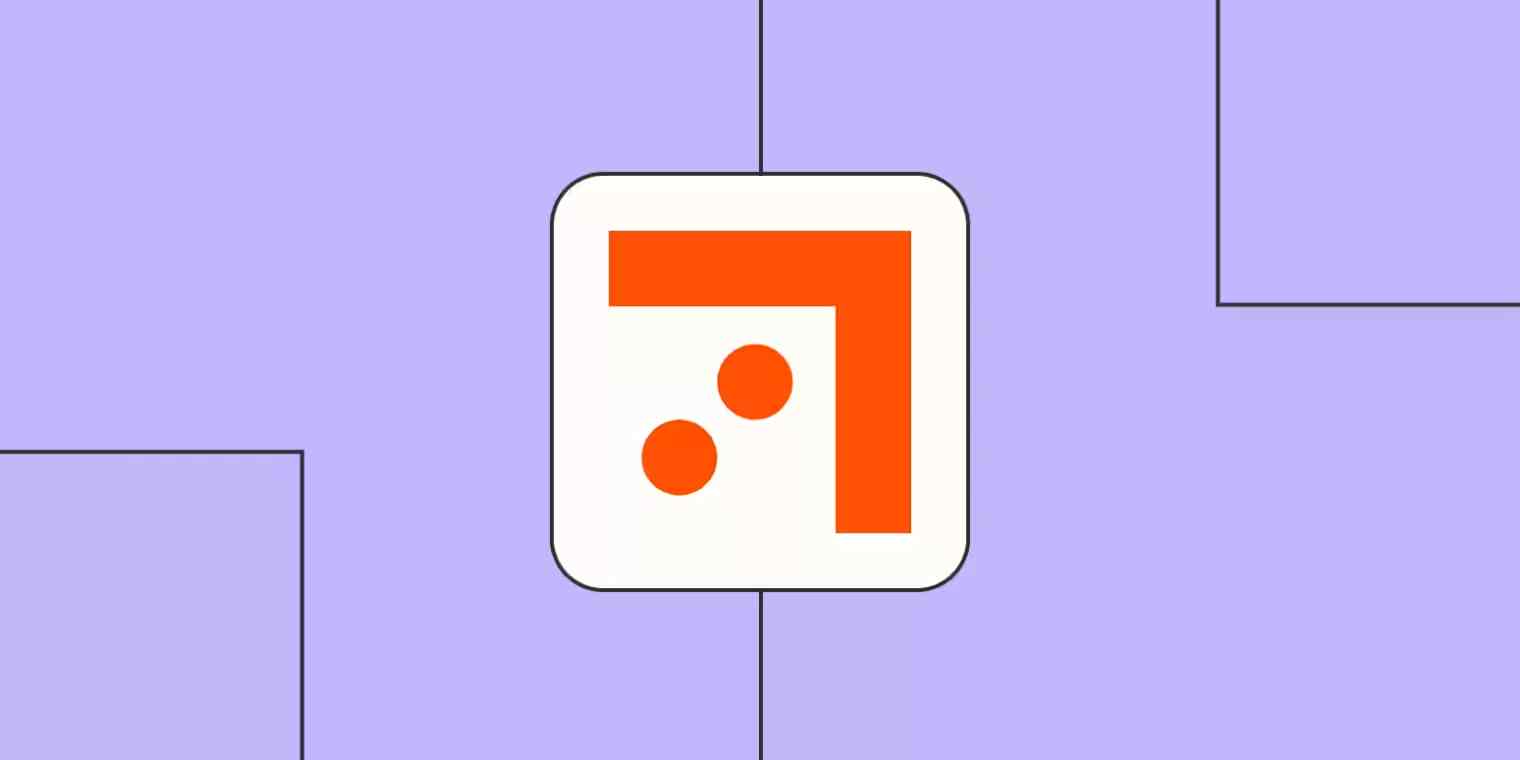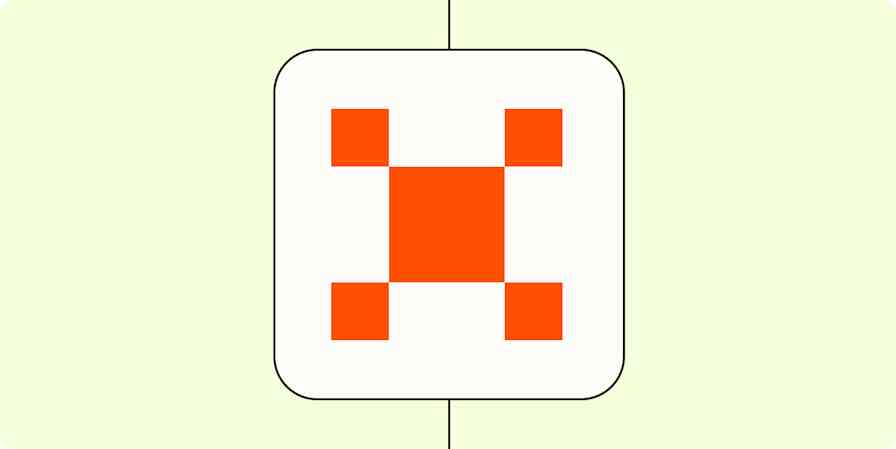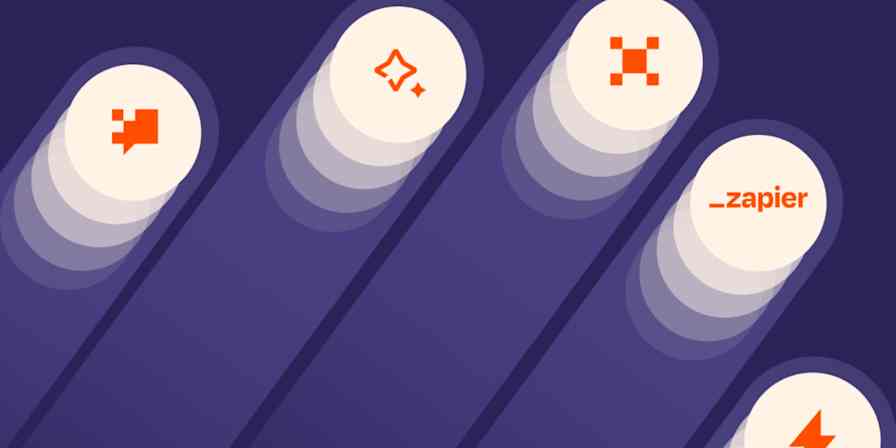Zapier feature guides
5 min readZapier Canvas: Visualize, plan, and automate business-critical processes
By Elena Alston · February 12, 2025

Get productivity tips delivered straight to your inbox
We’ll email you 1-3 times per week—and never share your information.
mentioned apps
Related articles
Improve your productivity automatically. Use Zapier to get your apps working together.







